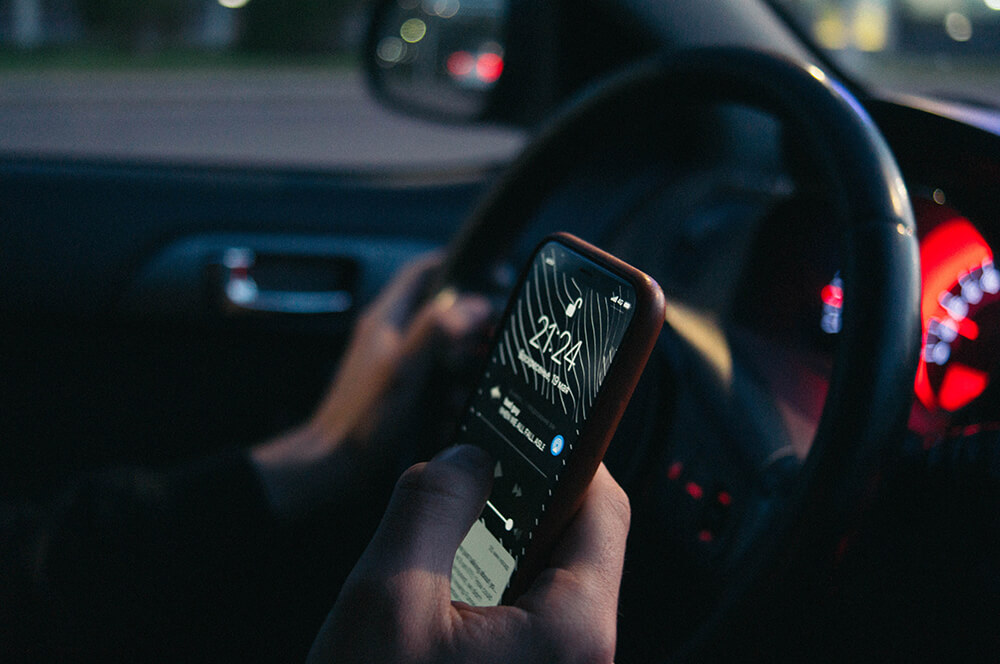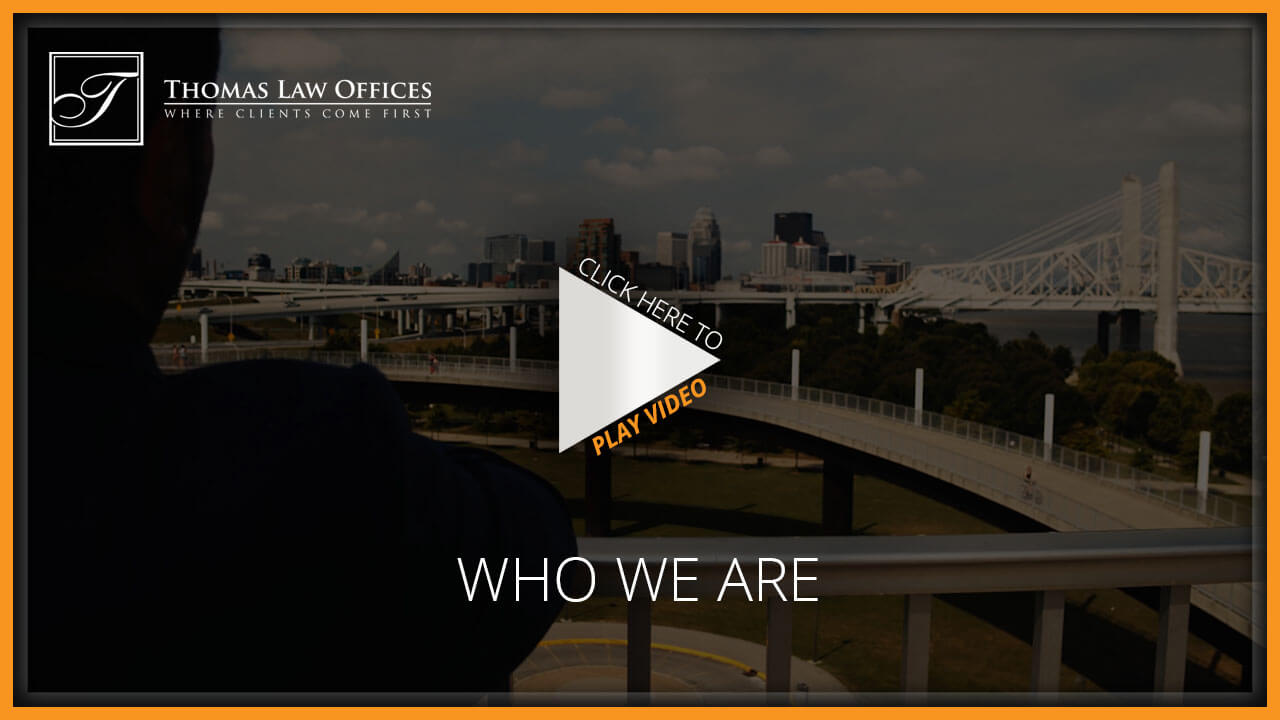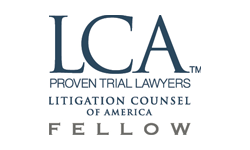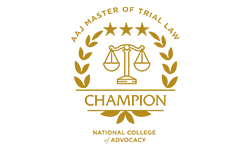
Traffic violations happen all the time. They can range from something as minimal as parking in front of a fire hydrant, to something as dangerous as driving under the influence. A traffic violation is when a driver violates any law that regulates vehicle operation on streets and highways. While committing a traffic violation is wrong and can cost you a ticket and fine, it’s even worse if it leads to a car accident.
Types of Traffic Violations That Cause Car Accidents
When you think about it, a lot of accidents happen because one driver did not properly follow the rules of the road. In 2016, the Insurance Information Institute (III) estimated 63% of accidents were the result of a traffic violation. Some of the most common traffic violations that result in accidents are:
- Failure to yield
- Following too closely
- Speeding
- Cell phone use
- Failing to obey signs and signals
- Driving under the influence (DUI)
These offenses don’t always occur on their own, they can combine to increase the probability of causing an accident. The person violating traffic laws might not even be in the accident they’ve caused. For example, if a driver runs a red light, they could cause other drivers to brake suddenly. If a car is following too closely, they could rear-end the driver who had to brake. The car following too closely would be at fault some, but the driver who ran the red light is most at fault for causing the whole situation.
Determining Fault After a Traffic Violation
If only one driver broke the law and it resulted in an accident, it’s usually pretty easy to determine fault. It’s assumed that driver is most at fault because they committed a traffic violation and you were following the rules. But if more than one driver made traffic violations that caused an accident, it could be tricky determining who is at fault because there are a lot of factors involved.
One factor that determines fault is if any driver apologizes after an accident. Even if they didn’t cause the accident, if a driver apologizes, they are assuming partial blame. Another factor is if any tickets are issued. Tickets given to drivers could be used to prove negligence resulting in a car accident because a police officer deemed them responsible at the scene. Make sure to always document as much as you can at an accident scene because anything can help determine fault later in court.
In Missouri, you can recover damages even if you were 99% at fault. Since we are a pure comparative fault state, the amount of damages you can recover is reduced by the same percentage as your level of fault in the accident. Even if you get a ticket for your traffic violation that caused the accident, if you can prove that the other car was at fault in any way, you can still get damages. So if you were 60% at fault, you could still receive 40% of any damages as compensation, or vice versa.
If you were in a car accident caused by another driver committing a traffic violation, you might need help determining how much fault is theirs. Comparative fault can cause a lot of stress, especially if you’ve already been through the agony of a car accident. Contact us and we can help you with the legal side of things while you focus on recovering.
















